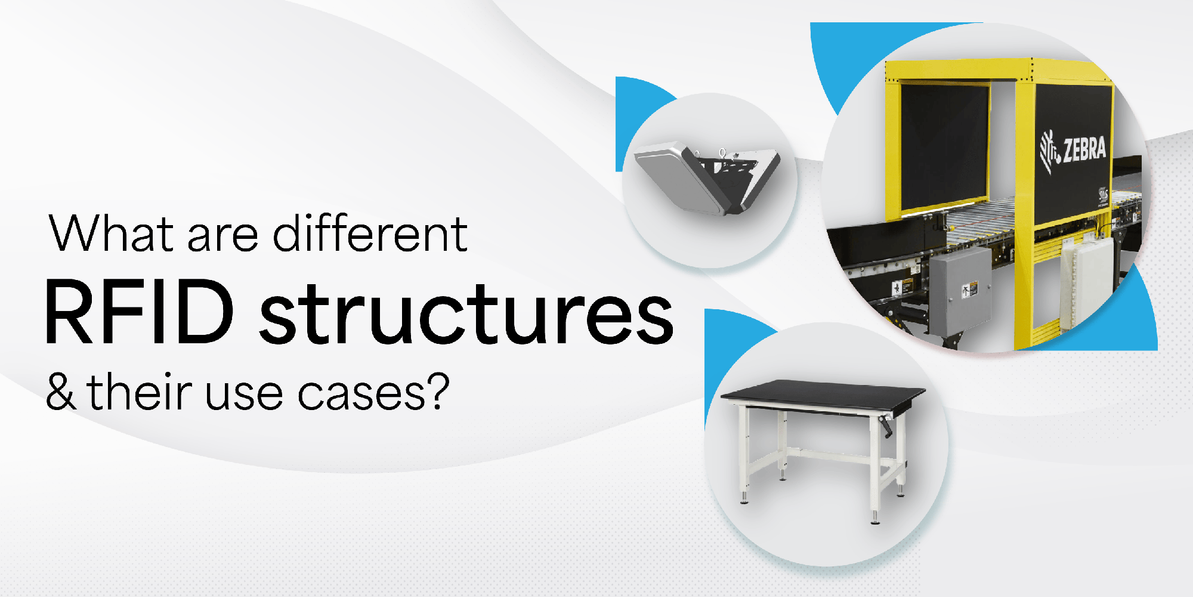What are the different RFID structures, and their use cases?
Introduction
RFID is a powerful technology that uses electromagnetic fields to automatically identify and track tags attached to objects. It is reshaping how businesses manage inventory, track assets, and streamline operations.
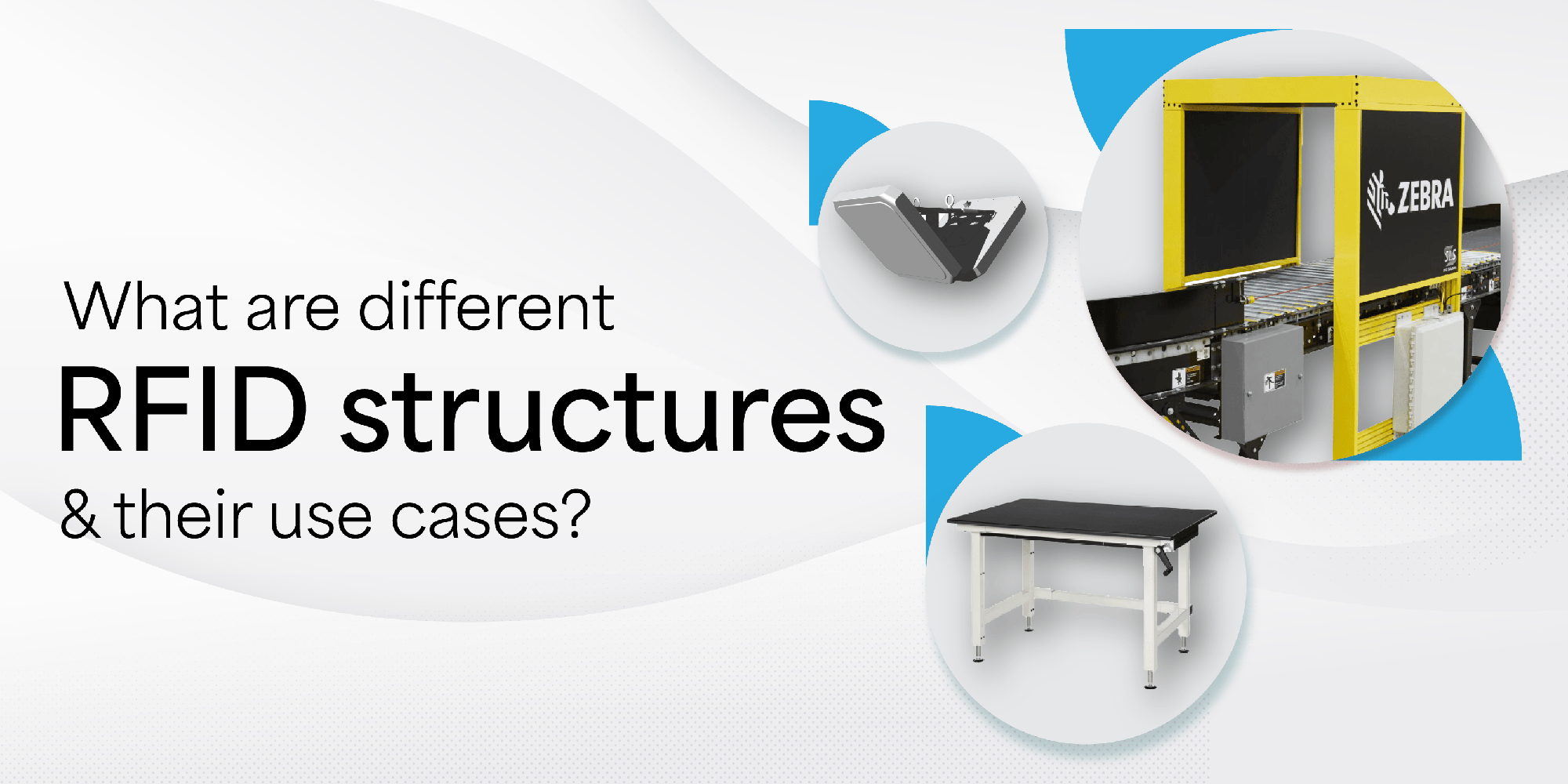
Understanding the different structures of RFID systems is key to deploying the right solution for your industry. From simple handheld scanners to advanced RFID tunnels and smart cabinets, each structure serves a specific purpose. This guide will explore the various RFID structures, their components, and their real-world applications.
Core Components of an RFID System
RFID Tags
These small devices store data and communicate with RFID readers. They come in passive (no battery), active (battery-powered), or semi-passive forms based on power needs.
Metal-Mount Tags: Engineered to perform on metallic surfaces where traditional tags fail, making them ideal for asset tracking in industrial or manufacturing settings.
Laundry Tags: Built to withstand washing, heat, and chemicals, these tags are perfect for tracking linens and uniforms in hospitality and healthcare industries.
Flag Tags: Compact and flexible, flag tags are designed for tagging small, curved, or delicate items without obstructing the readability or aesthetics of the product.

RFID Readers
Fixed Readers (e.g., Zebra FX9600): These readers are permanently installed in key areas like entry/exit points or conveyor systems, providing high-speed, hands-free tag reading.
Handheld Readers (e.g., Zebra MC3330xR): Portable and versatile, these readers are used for inventory checks, audits, and mobile data collection across retail floors or warehouses.
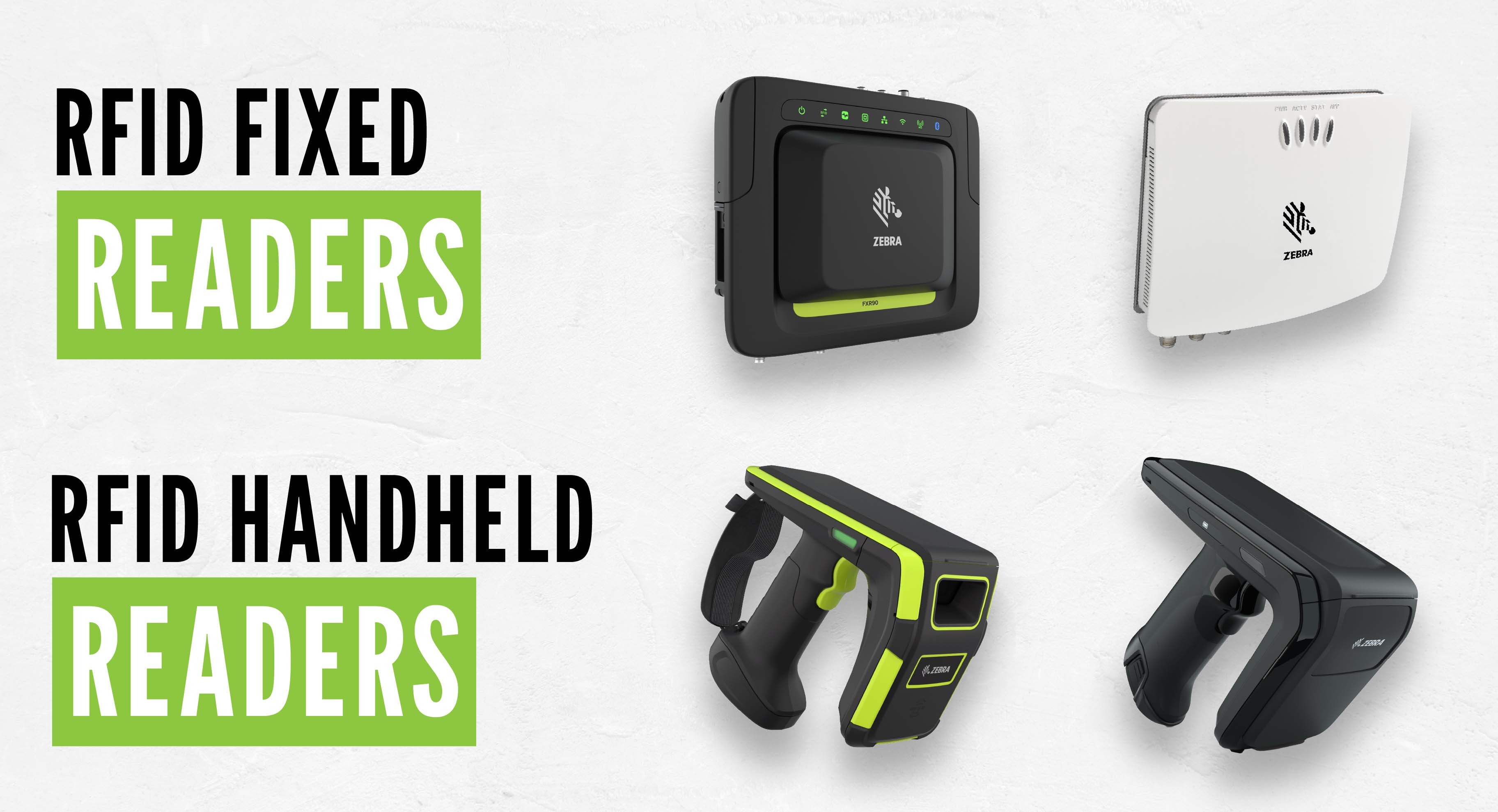
RFID Antennas
Antennas transmit and receive signals to and from RFID tags. Multiple antennas are often deployed to increase accuracy and expand read zones for reliable performance.
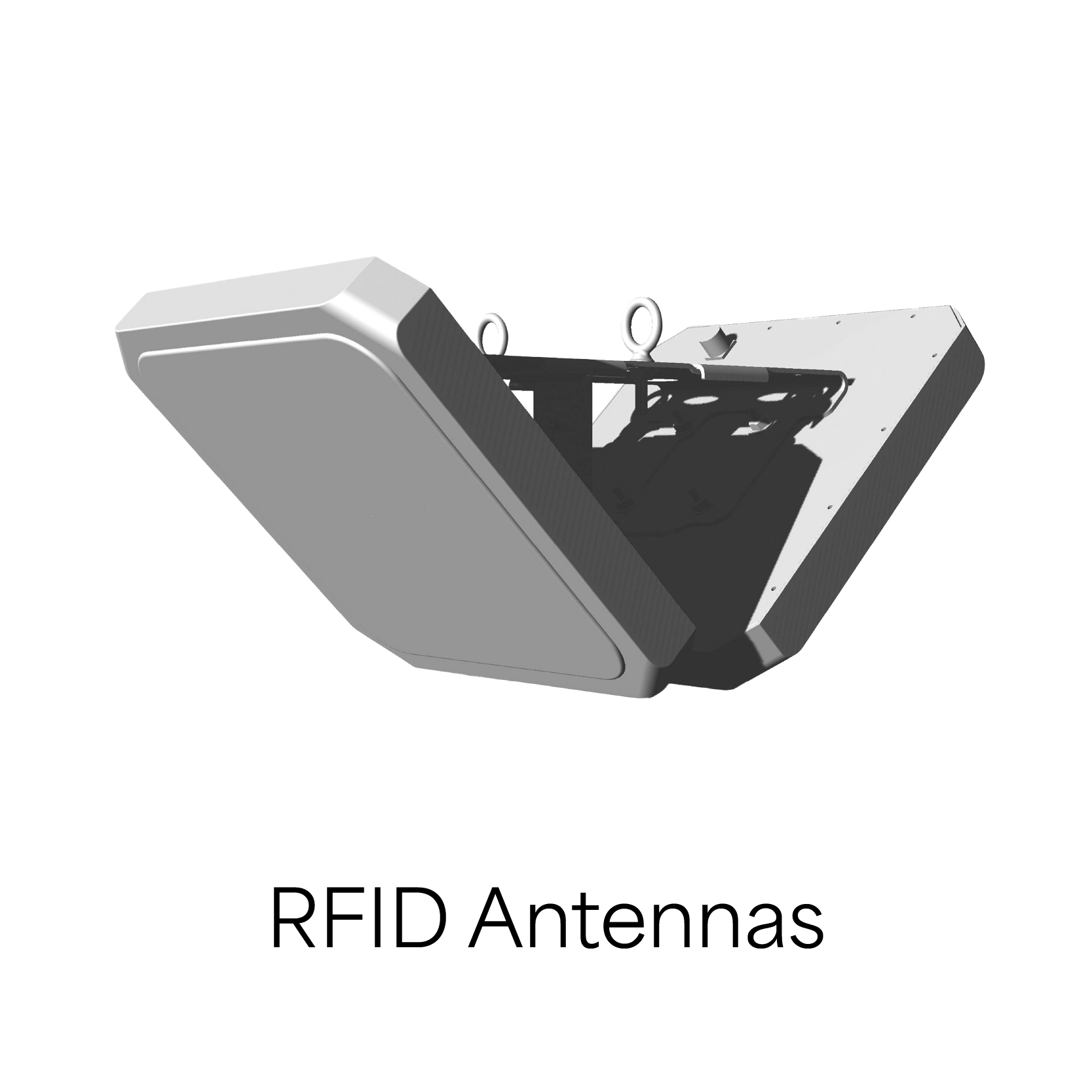
Middleware & Software Platforms (e.g., TagMatiks Middleware)
These platforms manage RFID data, facilitate integration with ERP, WMS, or POS systems, and offer dashboards and analytics for actionable business insights.
RFID Structures Based on Frequency
Ultra High Frequency (UHF)
- Long range (up to 12 meters), fast data transmission.
- Best for inventory management, logistics, and retail applications.
RFID System Structures by Architecture
Centralized RFID Systems
A centralized RFID system relies on one main reader connected to multiple strategically placed antennas. This setup is ideal for controlled environments like warehouses, entry points, and loading docks where focused coverage and simplified infrastructure are needed.
Distributed RFID Systems
In a distributed RFID system, multiple readers are deployed across different locations, often connected through a network. This architecture supports real-time tracking and flexibility, making it ideal for smart retail stores, production lines in manufacturing, and healthcare facilities.
Tunnel-Based RFID Systems
Tunnel-based RFID systems feature fixed readers enclosed within a shielded tunnel, designed to scan bulk-tagged items as they move on conveyor belts. These systems are commonly used in logistics centers and retail receiving areas to automate high-volume scanning processes.
RFID Structures by Application Environment
Open-Loop Systems
Open-loop RFID systems operate across multiple organizations or supply chain partners. RFID tags used in this environment are shared and reused, which makes them ideal for applications like pooled pallets, reusable shipping containers, and collaborative logistics networks.
Closed-Loop Systems
Closed-loop systems are confined within a single organization and are optimized for internal use. They are commonly found in manufacturing plants, retail inventory operations, and company-specific asset tracking, where ownership and control of tagged items remain within the business.
Specialized RFID Structures
Smart Cabinets & Smart Shelves
Smart cabinets and shelves are equipped with RFID antennas to track the movement and presence of tagged items in real time. They are especially useful in healthcare for managing medications and surgical tools, and in retail for monitoring high-value or limited stock merchandise.
RFID Portals & Gates
RFID portals and gates are installed at strategic locations like doorways, loading docks, or facility exits. Using fixed readers and antennas, these structures automatically detect tagged items or personnel passing through, helping to streamline operations and enhance security with hands-free, real-time tracking.
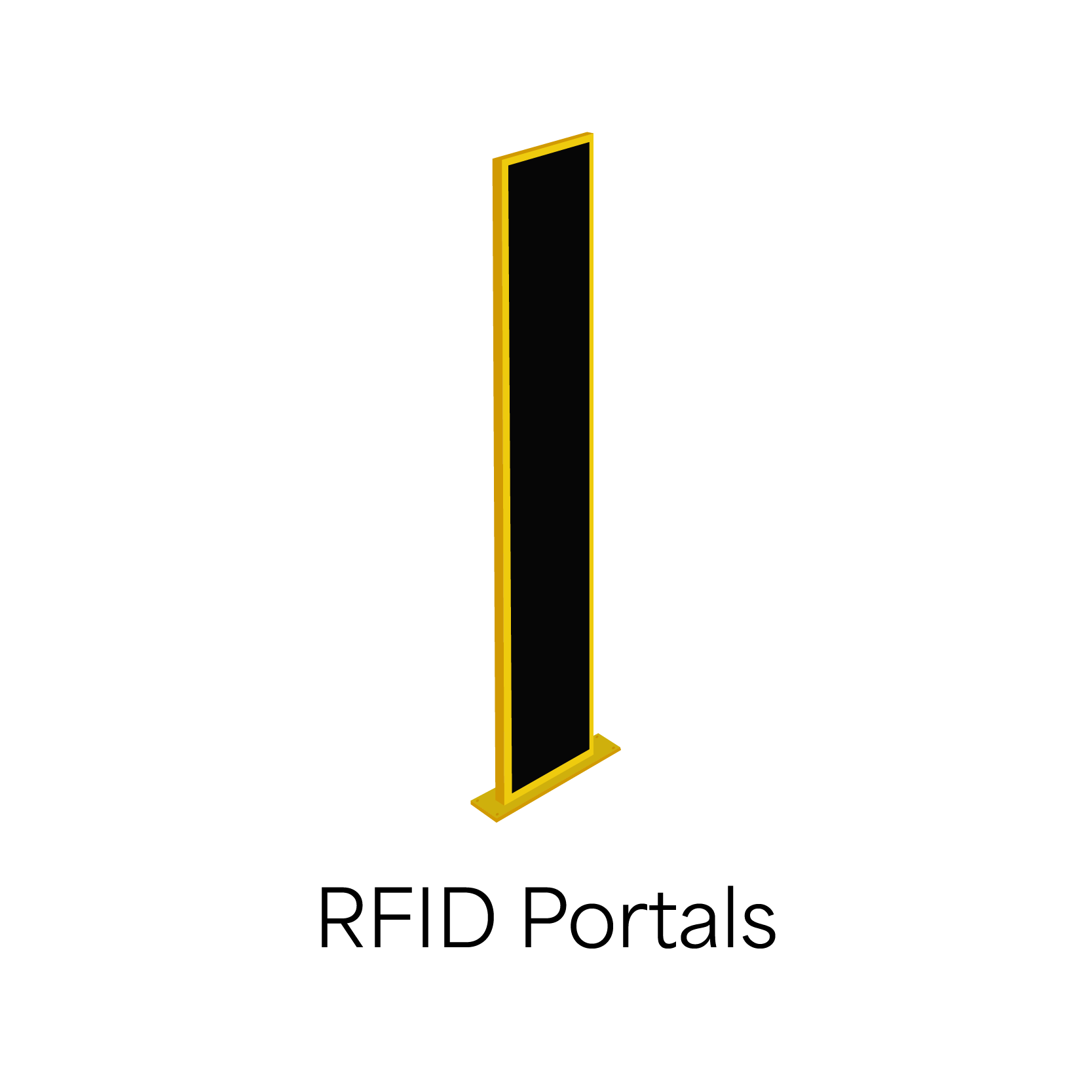
RFID Tunnels
RFID tunnels use shielded enclosures with built-in readers and antennas to scan large volumes of items as they move along conveyor belts. Common in logistics and retail distribution centers, they provide high-speed, accurate identification of cartons and pallets during inbound or outbound processing.
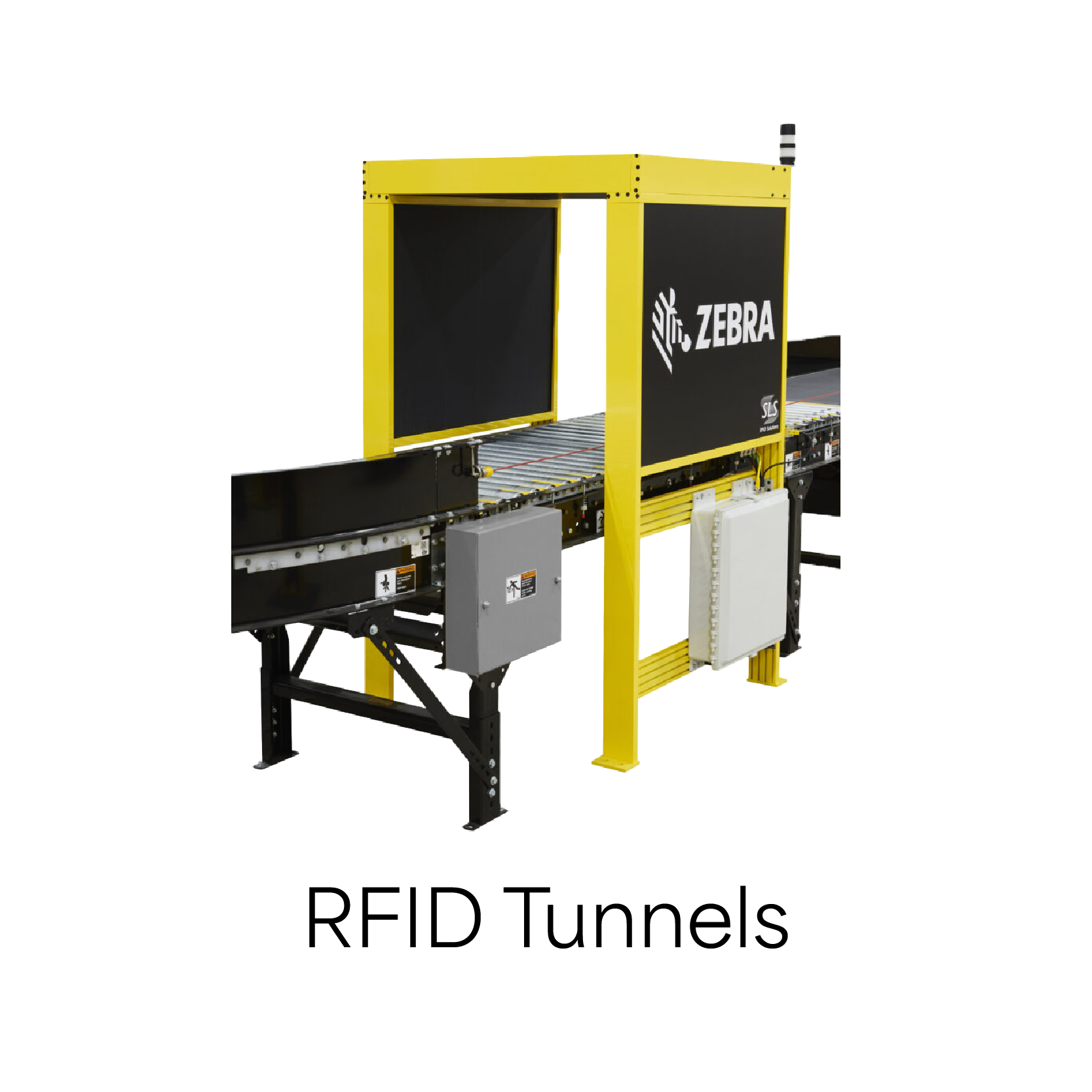
RFID Tables
RFID tables feature flat surfaces embedded with antennas to read tags placed on or near them. These are widely used in retail environments for processing returns, performing quality inspections, or preparing goods for packaging—offering a simple yet efficient solution for tag reading in fixed positions.
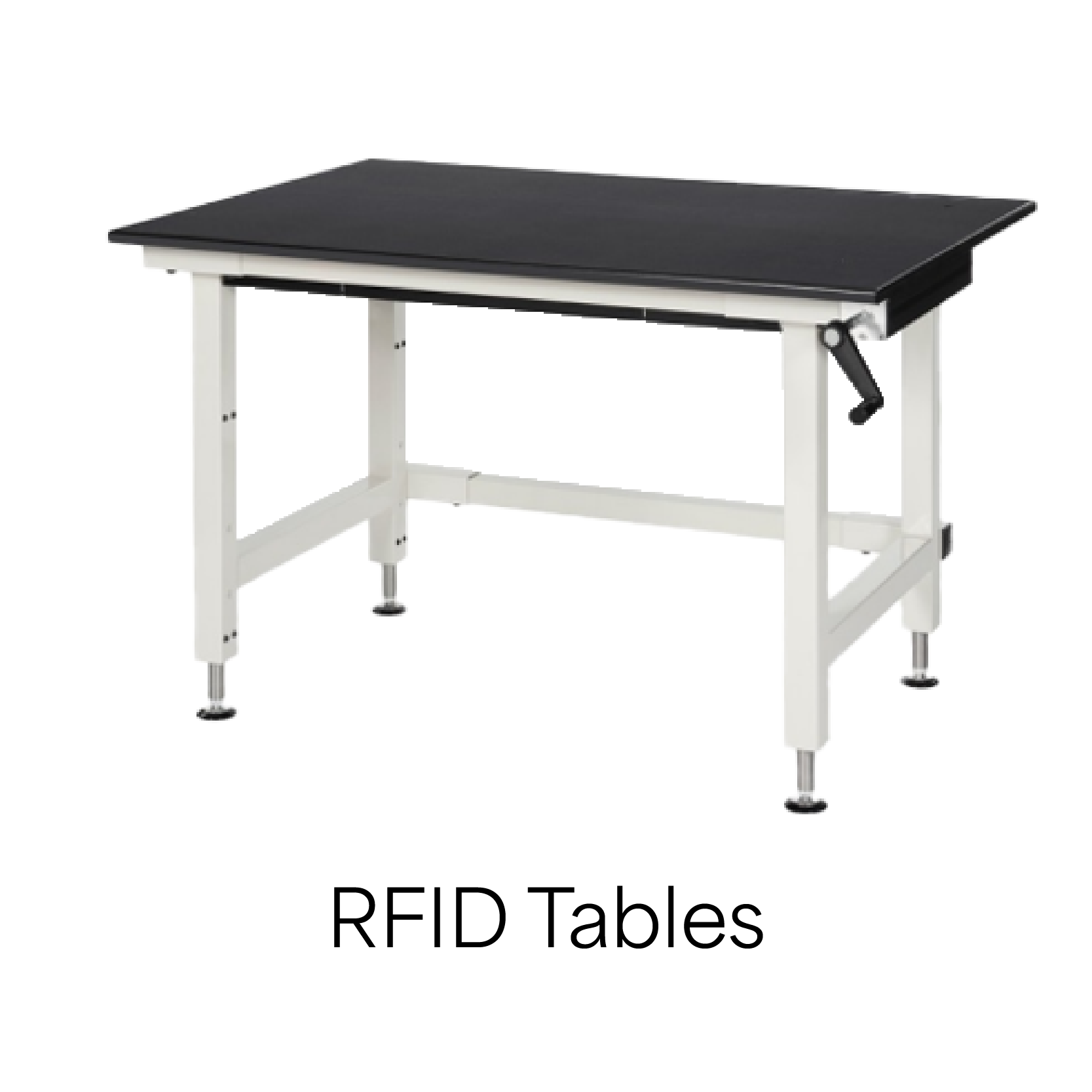
RFID Self-Checkout
RFID self-checkout systems allow customers to scan multiple items simultaneously without manually scanning barcodes. This significantly speeds up the checkout process, enhances the shopping experience, and reduces labor dependency, making it increasingly popular in modern, customer-centric retail environments.
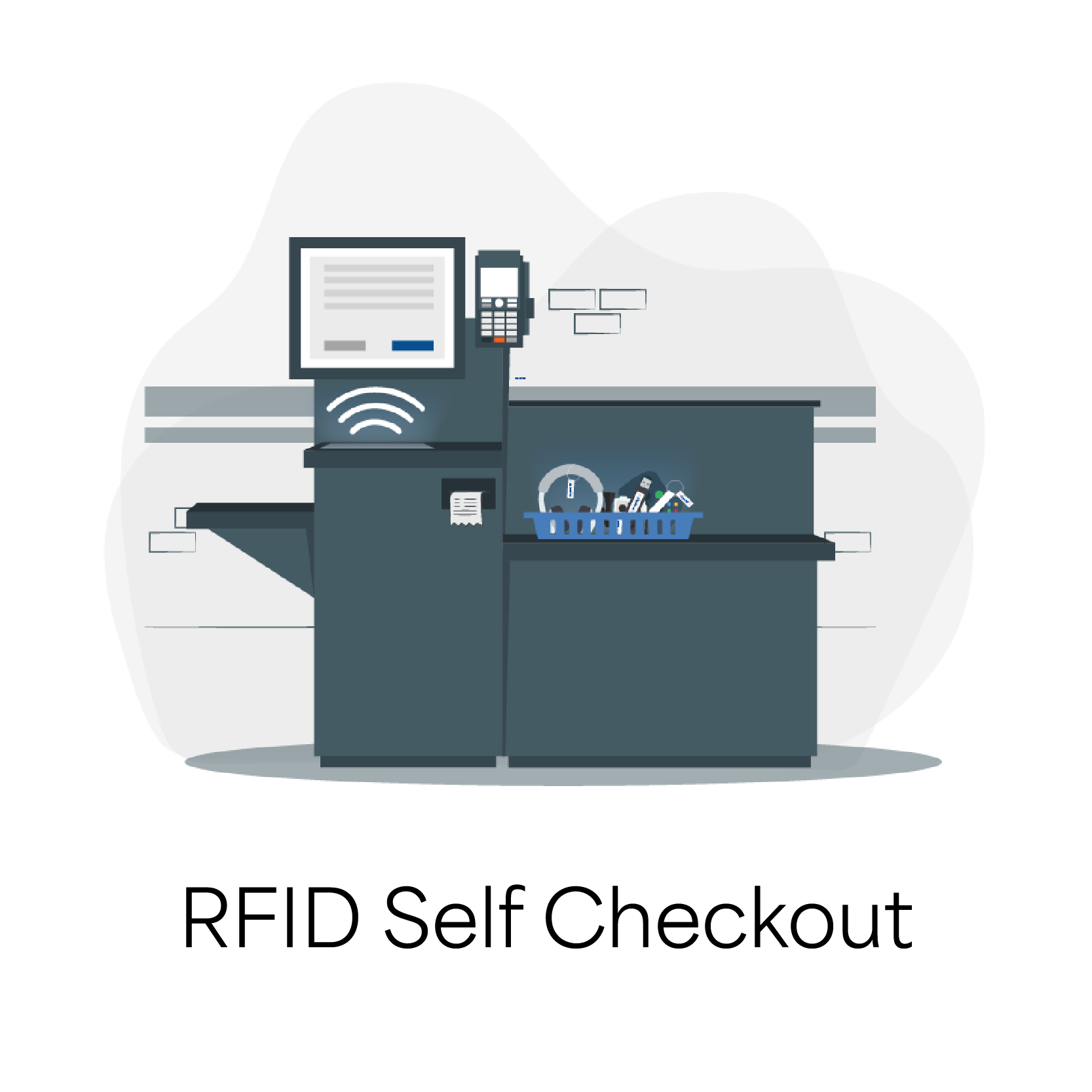
RFID Cabinets
RFID-enabled cabinets provide secure, trackable storage for sensitive or high-value items such as medical kits, tools, or electronic components. Each time an item is added or removed, the cabinet logs the transaction automatically, ensuring full visibility and accountability of its contents.
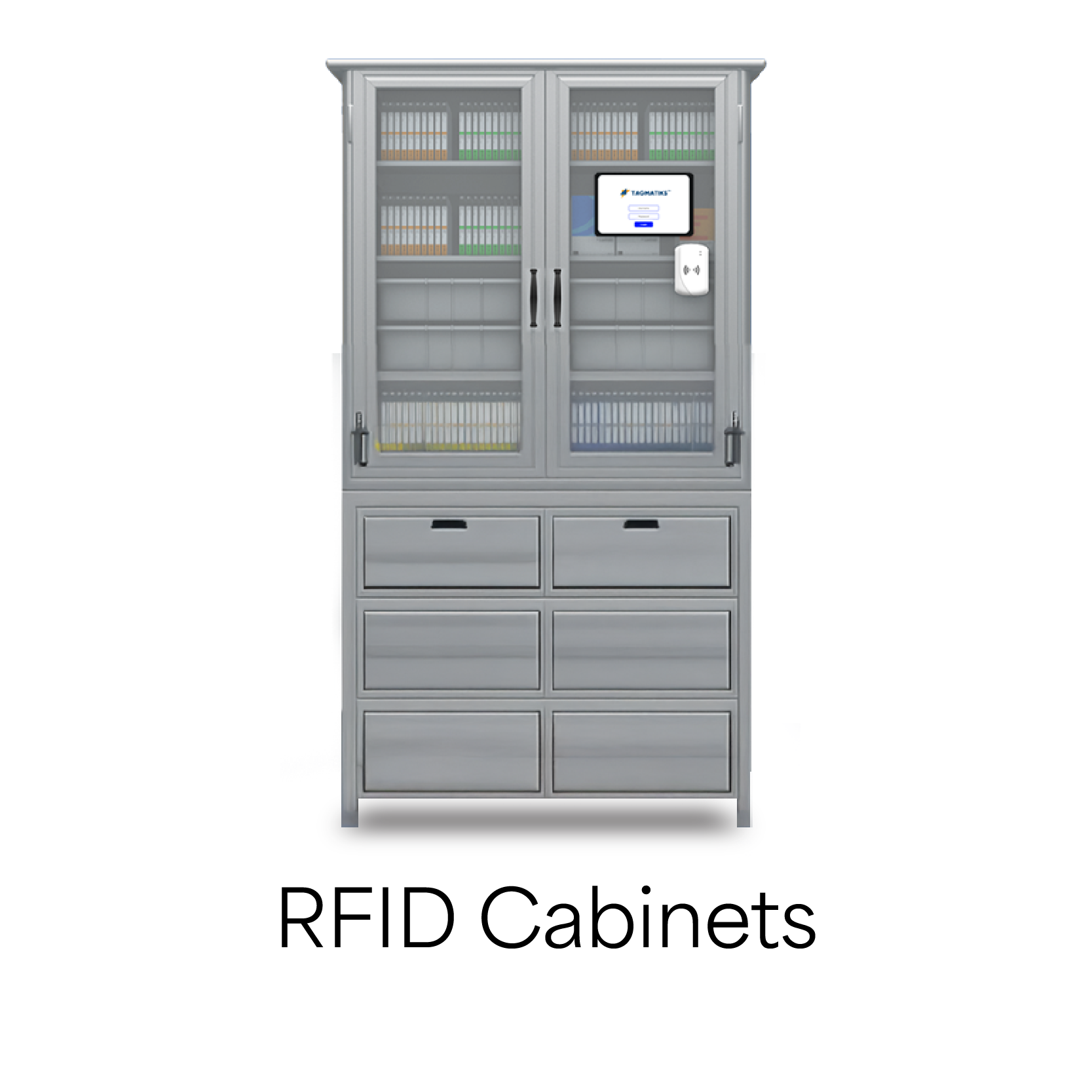
RFID Drones & Robots
RFID drones and mobile robots are autonomous units equipped with RFID readers that scan tags throughout large spaces such as warehouses or outdoor yards. They are ideal for conducting rapid inventory checks, especially in hard-to-reach areas, minimizing manual labor and operational downtime.
Choosing the Right RFID Structure
When selecting an RFID structure, consider:
Environment: Consider whether the deployment is indoor or outdoor and evaluate potential interference from metals, liquids, or environmental conditions.
Item Type: Evaluate the size, shape, and material of items being tagged to choose the most suitable RFID tags and setup.
Mobility: Determine whether you need fixed readers for stationary tracking or handheld devices for flexible, on-the-move operations.
Integration: Ensure the RFID system integrates smoothly with software platforms like TagMatiks Retail for centralized visibility and data synchronization.
Cost and Scalability: Analyze initial costs versus long-term benefits, ensuring the system can scale with business growth and future demands.
Industry-Specific Use Cases
Retail: RFID for retailers, using RFID portals and smart shelves, enhances inventory visibility, reduces shrinkage, and supports faster omnichannel fulfillment by ensuring accurate stock data across physical and digital platforms.
Healthcare: RFID cabinets and smart shelves are used to track medical devices, pharmaceuticals, and surgical kits, ensuring compliance, improving patient safety, and reducing misplaced or expired inventory.
Manufacturing: RFID tunnels and handheld readers help track WIP, tools, and materials across production lines, streamlining processes, reducing downtime, and improving overall quality control.
Logistics & Supply Chain: RFID portals, tunnels, and drones provide real-time visibility of pallets, containers, and individual shipments, improving traceability and reducing delays across complex supply chain networks.
Libraries & Education: High-frequency RFID tags and self-checkout kiosks automate book borrowing, simplify inventory, and enhance asset tracking for laptops, AV equipment, and learning materials.
Hospitality: Laundry RFID tags and RFID cabinets are used to monitor uniforms, linens, and staff equipment, ensuring hygiene, reducing loss, and improving operational efficiency.
Conclusion
RFID structures are as diverse as the industries they serve. From RFID tunnels for logistics to smart shelves in retail, each setup plays a unique role. Understanding these options helps businesses choose the right solution based on goals, scale, and environment. As technology evolves, RFID continues to be a smart investment for operational excellence.
Recent Posts
-
RF Shielding Explained: Types, Applications, and Benefits
Introduction RF shielding is essential for protecting devices from electromagnetic interference. Thi …Dec 8th 2025 -
How Smart Cabinets are Revolutionizing Surgical Inventory
Hospitals face constant challenges in managing surgical inventory. From stockouts that delay critica …Dec 1st 2025 -
RFID Software vs Manual Tracking — Cost and Accuracy Compared
Inventory and asset tracking are the backbone of efficient operations in logistics, retail, and manu …Nov 28th 2025

